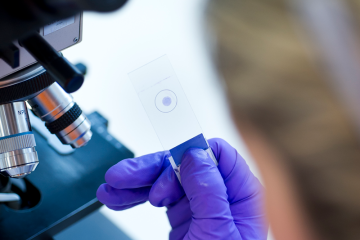Partnerships and impact awards
Assessing the relevance of Galleria mellonella to antibiotic drug discovery for pulmonary infections

At a glance
Completed
Award date
July 2019 - January 2020
Grant amount
£72,196
Principal investigator
Dr James Mason
Institute
King's College London
R
- Replacement
Read the abstract
View the grant profile on GtR
